The Argument for Removing Historic Statues and Landmarks
Over the past few years, there has been an ongoing debate among Americans and people of the world regarding whether or not historical statues should be removed from public spaces.
Those who agree argue that these statues represent a time in history in which many people, including African Americans and Native Americans, were treated unfairly, and the statues glorify the country’s mistakes. However, others say that the representations of historical figures remind the world of our complicated history and how far we’ve come.
The Debate of Historical Statues
This debate as to whether or not controversial historical statues should be removed essentially began in 2020 with the death of George Floyd.
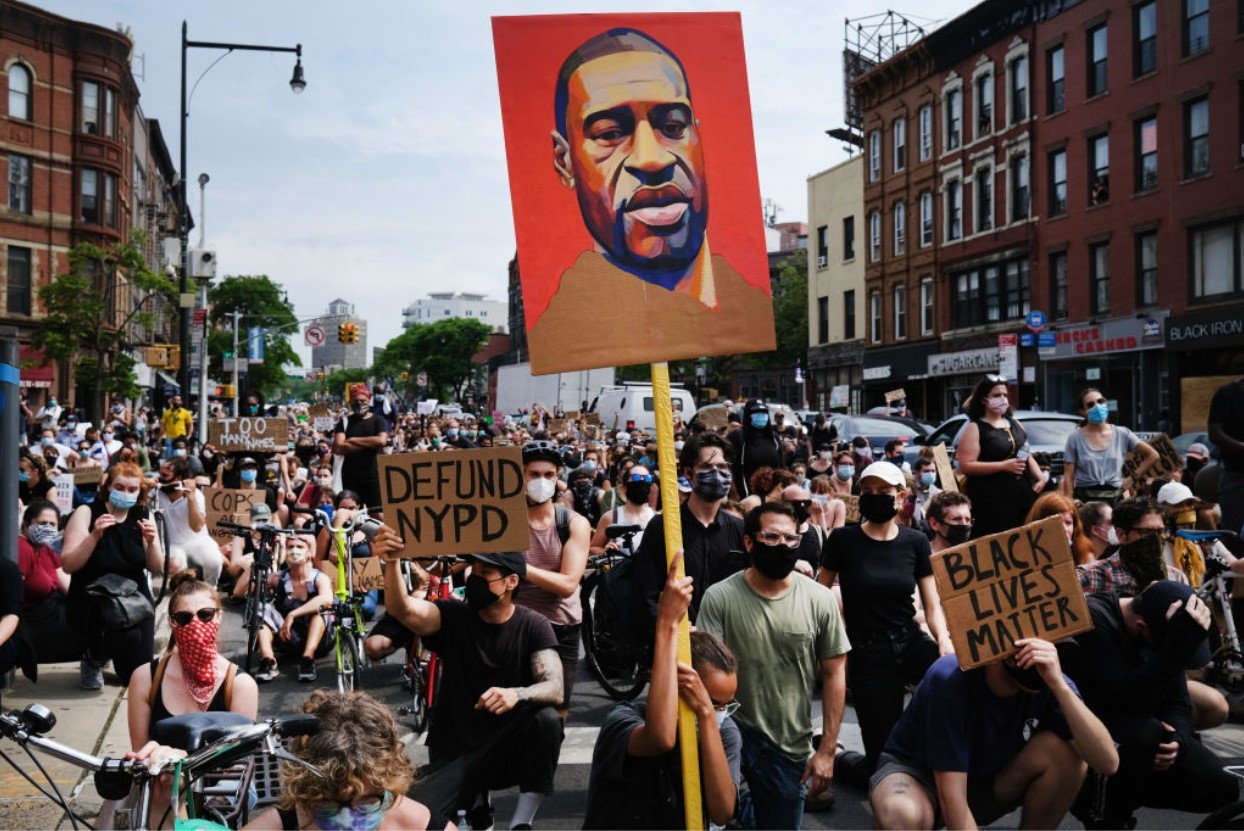
Source: Spencer Platt/Getty Images
In May 2020, African American George Floyd was allegedly murdered through police brutality by a white police officer from Minneapolis. Within weeks, there were protests around the country and the world in support of the Black Lives Matter movement. And during that time, protestors began forcibly removing statues of historical American figures who did not respect the lives of Black people.
Protestors Removed Several Historical Statues in the Summer of 2020
During the protests, the statues of George Washington, Ulysses S. Grant, Thomas Jefferson, Andrew Jackson, and Christopher Columbus were vandalized or removed by the public.

Source: Drew Angerer/Getty Images
Those who helped in the removal and supported the decision to do so argued that these statues not only glorified racism in the United States but also served as a reminder of the horrific actions of our ancestors.
People Around the World Began Following America’s Example
While Americans were protesting the murder of George Floyd and vandalizing or toppling statues of former racists, the world was watching and even began following suit.
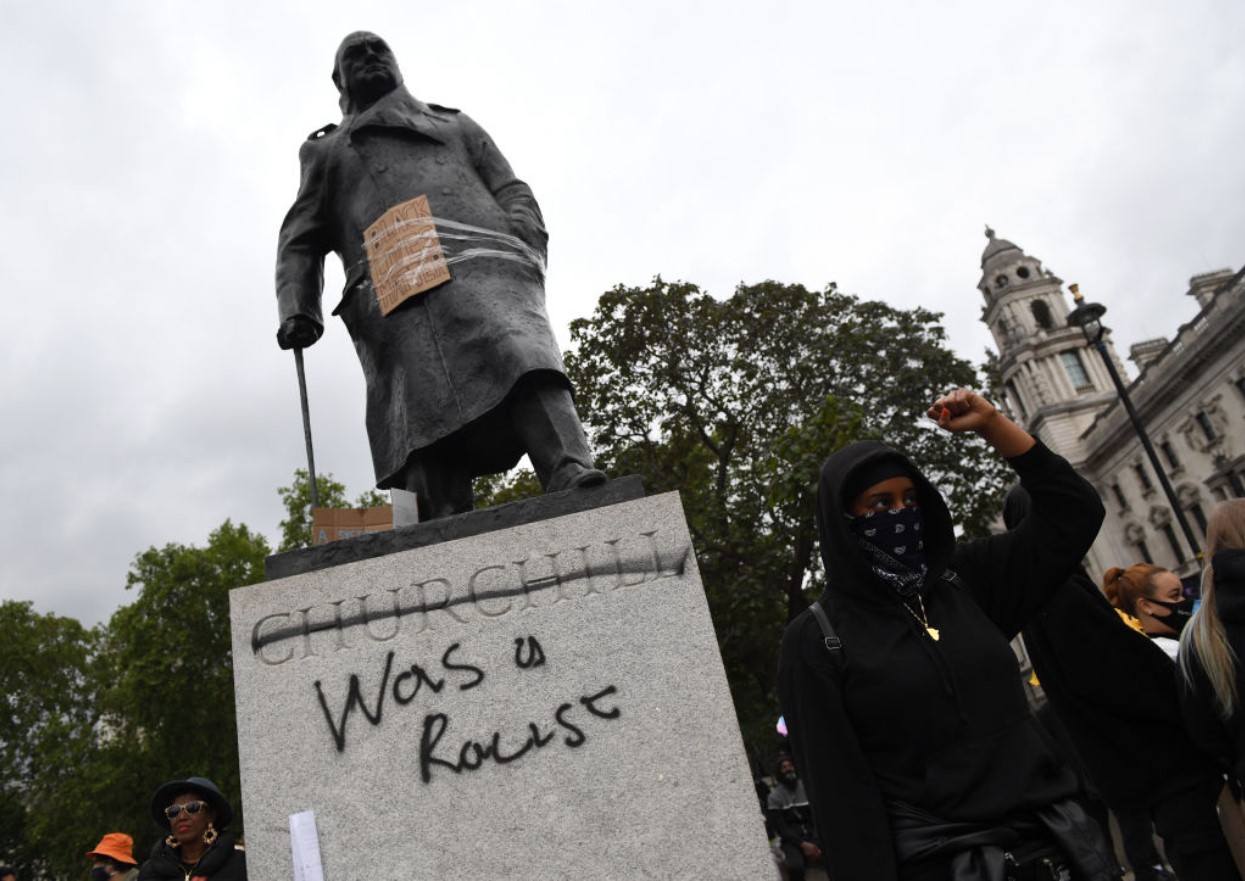
Source: Chris J Ratcliffe/Getty Images
In the UK, residents took to the streets in protest and removed their own statue of Columbus and wrote “Churchill was a Racist” on the statue of the former prime minister.
Understanding America’s History of Racism
There is no doubt that racism is and has been prevalent all over the world. But sadly, America’s history of racial injustice has been more horrific than most.
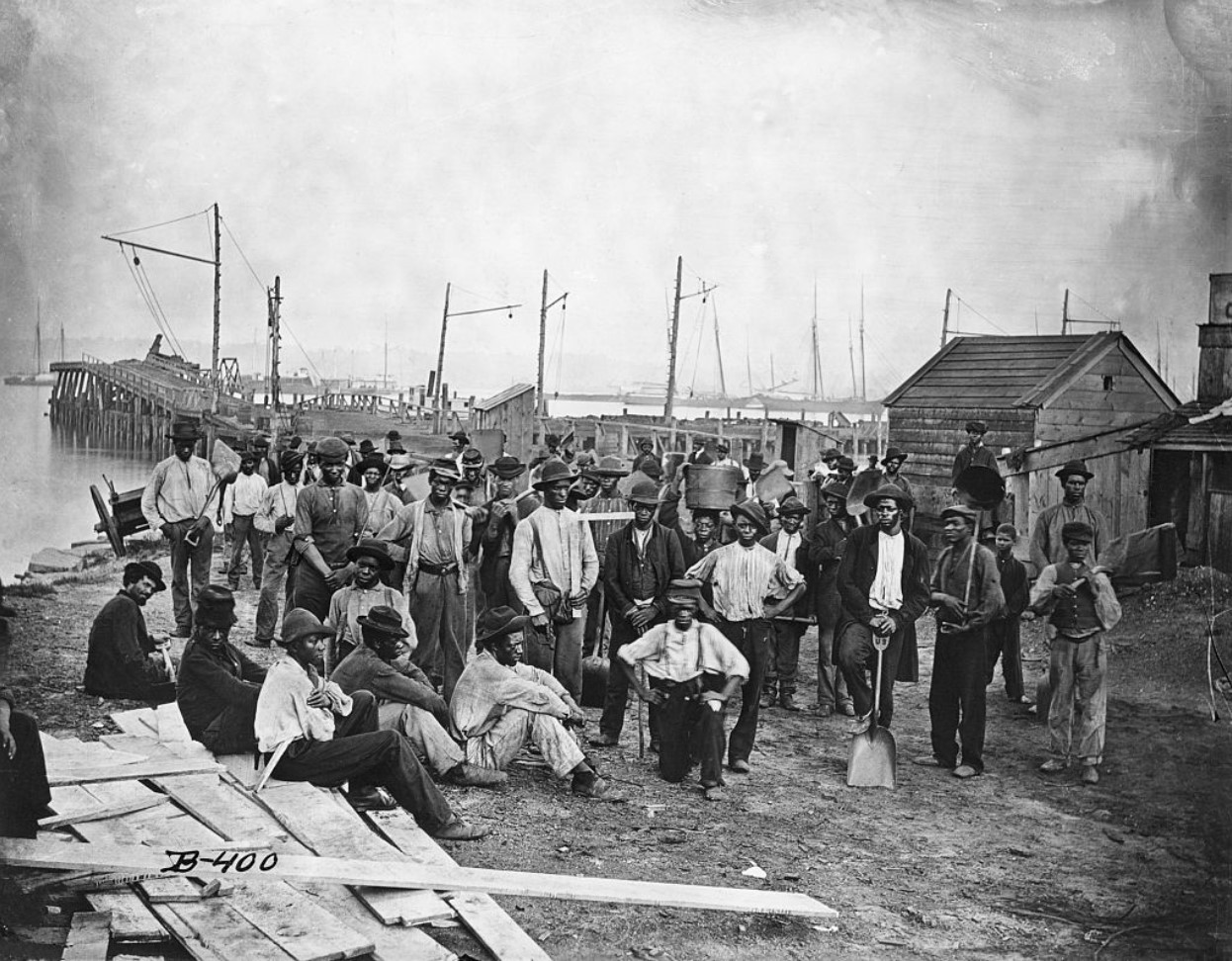
Source: Getty Images
Just after the United States officially became a nation, the southern states, known as the Confederacy, fought to secede from the Union in order to keep the right to slavery. And while the South lost the Civil War and slavery was subsequently abolished by President Abraham Lincoln, many argue that the idolization of the men who so clearly encouraged racism in America is simply wrong.
State Governments Decided to Remove Several Statues After the Protests
Since it became clear to many government officials that their citizens were not only wildly angry that these statues still stood but were also likely to take them down themselves in protest, several states decided to officially remove controversial statues.

Source: Wikipedia
All around the country, but specifically in southern states such as Georgia, Arkansas, and many others, Confederate monuments and statues of Confederate leaders were removed permanently.
America Even Had a Statue of the Founder of the Klu Klux Klan
In addition to some questionable statues, it became nationwide news that in Memphis, Tennessee, there was a statue of Nathan Bedford Forrest, the founder of the violently racist and white supremacist group, the Klu Klux Klan.
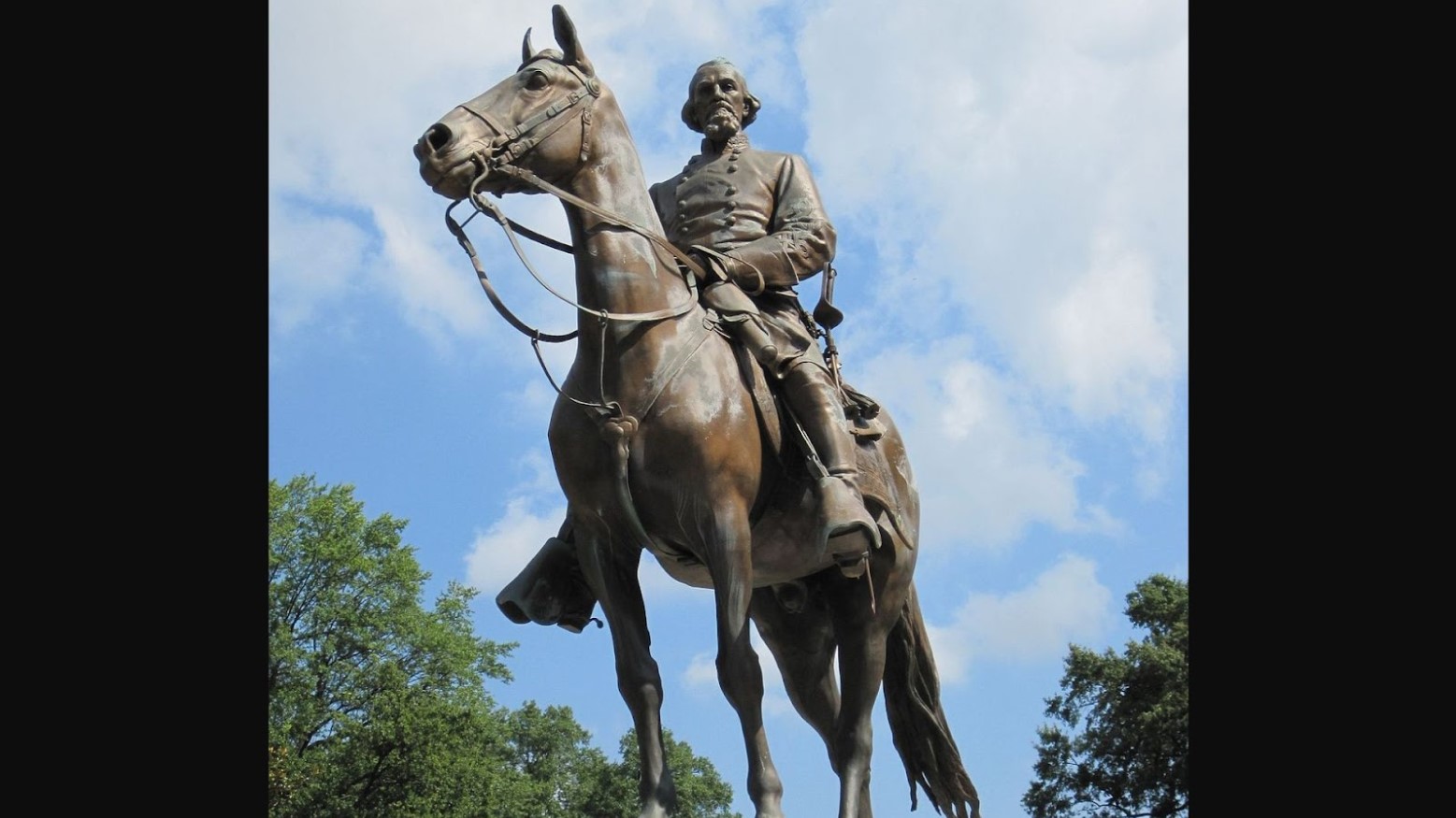
Source: Wikipedia
The statue was removed by the state after being vandalized by protestors, but many ask why such a statue would have ever been allowed in the first place.
Another Conversation Regarding Murals of Native Americans in State Buildings
As well as Confederate monuments and statues of the country’s racist leaders, this debate has also raised the question as to whether several murals depicting the war against Native Americans should be removed from state buildings.
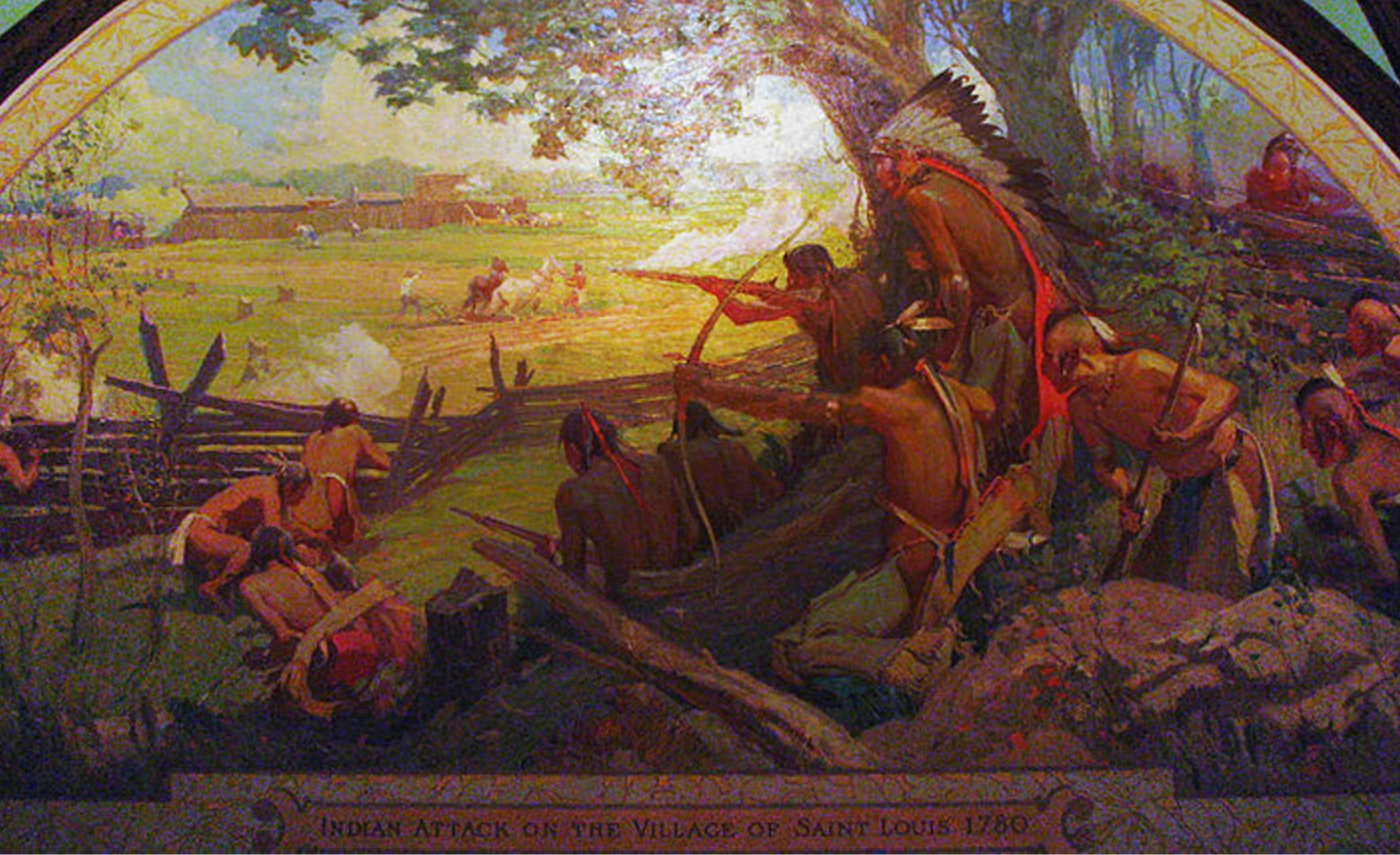
Source: Wikipedia
Many of these paintings depict Native Americans in a negative light, as well as glorify the settlers who murdered those living on the land, simply to take it for themselves.
Not Everyone Believes Removing the Statues Is the Right Call
Although it’s hard to argue against the removal of the statute of Nathan Bedford Forrest, there are many who don’t agree with the removal of Confederate leaders, paintings of the wars against Native Americans, and even Christopher Columbus.
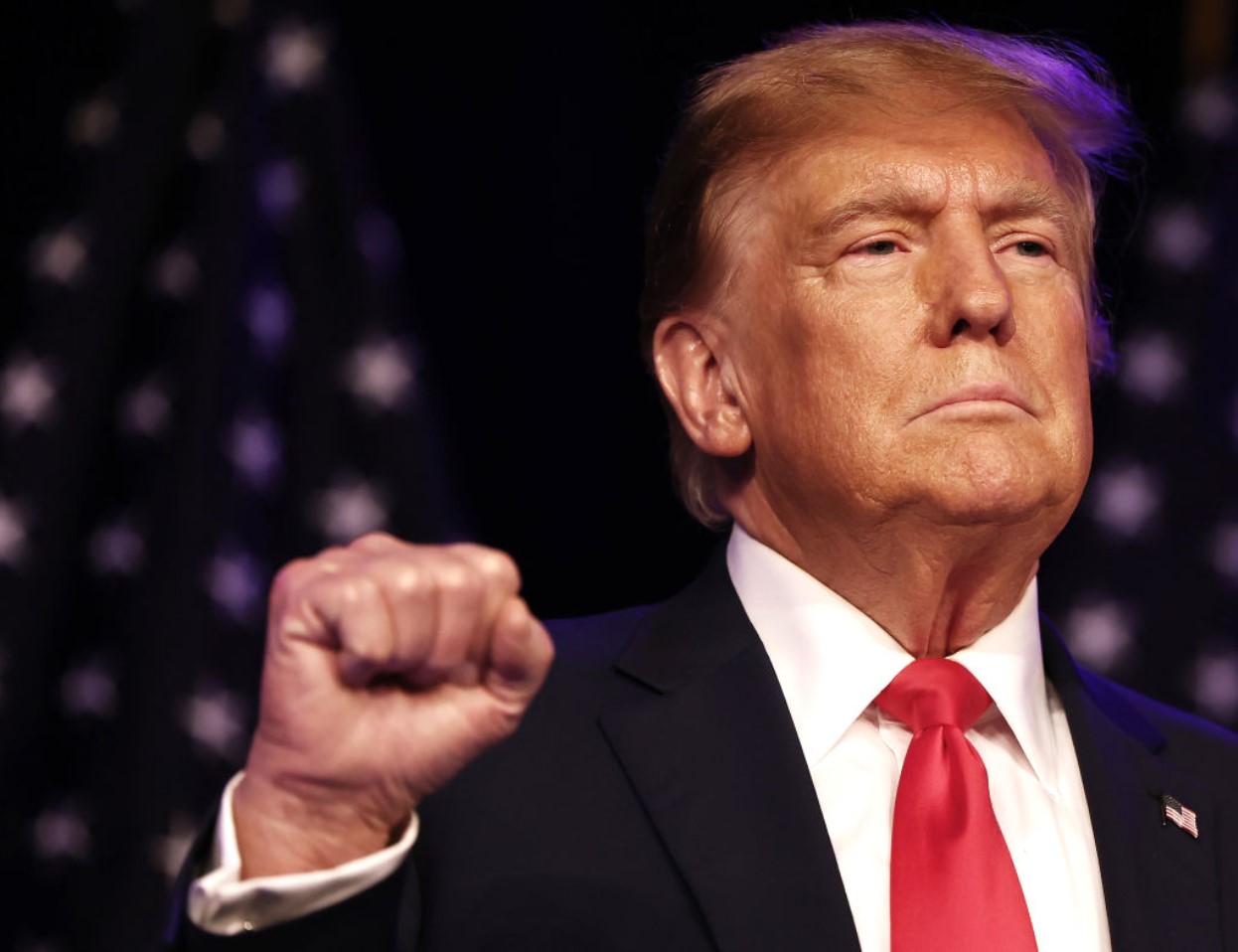
Source: Mario Tama/Getty Images
Former president Donald Trump is one of those who believes that statues hold important historical significance and should not be removed. He said in a statement, “This cruel campaign of censorship and exclusion violates everything we hold dear as Americans. They want to demolish our heritage so they can impose a new oppressive regime in its place.”
Confederate Monuments Are an Important Part of the Nation’s History
Of course, Trump is not alone in his beliefs. John Daniel Davidson, a political editor at The Federalist, argues that, “A more mature society would recognize that the past is always with you and must always be kept in mind.”
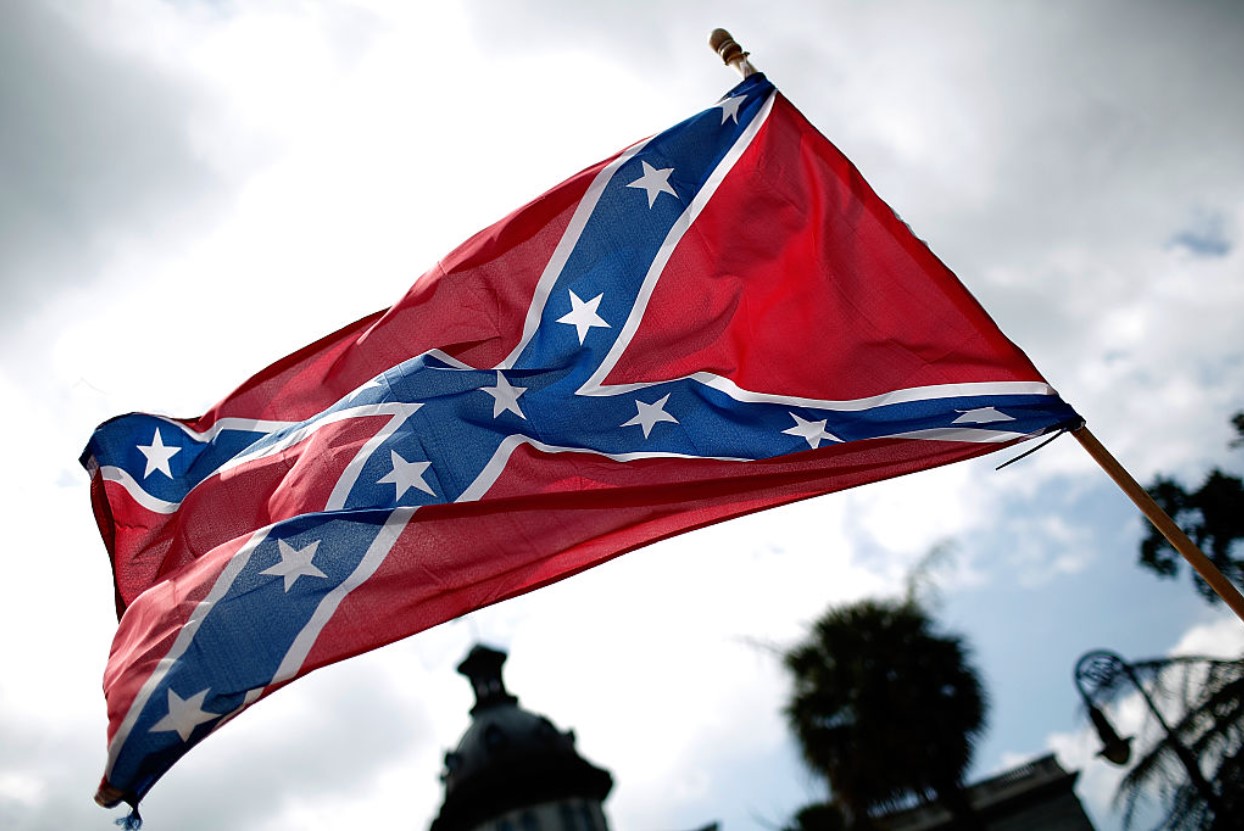
Source: Win McNamee/Getty Images
And professor of anthropology at Indiana University Lawrence A. Kuznar said, “Removing Confederate statues amounts to whitewashing our history, turning our heads away from the inconvenient truths of our past. We should let them stand and use them to remind ourselves of what we are and are not, the cost our forebears paid for our freedom and to educate our children.”
Americans Should Not Forget the Past
It’s clear that there are certainly some Americans who still believe that the country’s founding fathers deserve respect, but the more widely believed argument among those who support the statues is that taking them down does not erase the past.
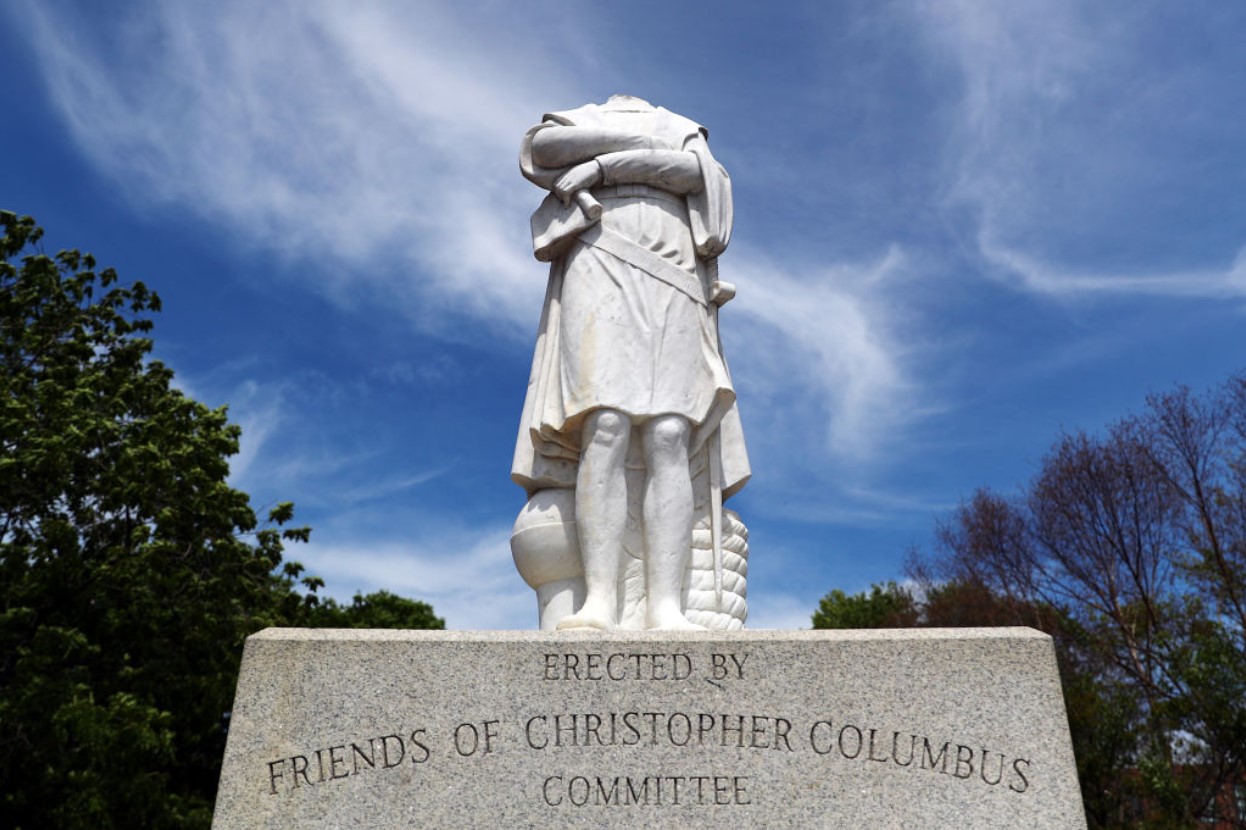
Source: Tim Bradbury/Getty Images
However, those who believe the statues and monuments should be removed don’t believe Americans should forget the past, either. They argue that these men shouldn’t be idolized for what they did but, instead, be taught in schools as the wrong-doers of history.
Will All Racially Insensitive Monuments Be Removed?
This debate is far from over, as there are still dozens of statues around the country and the world that clearly glorify the world’s racist leaders and even murderers.
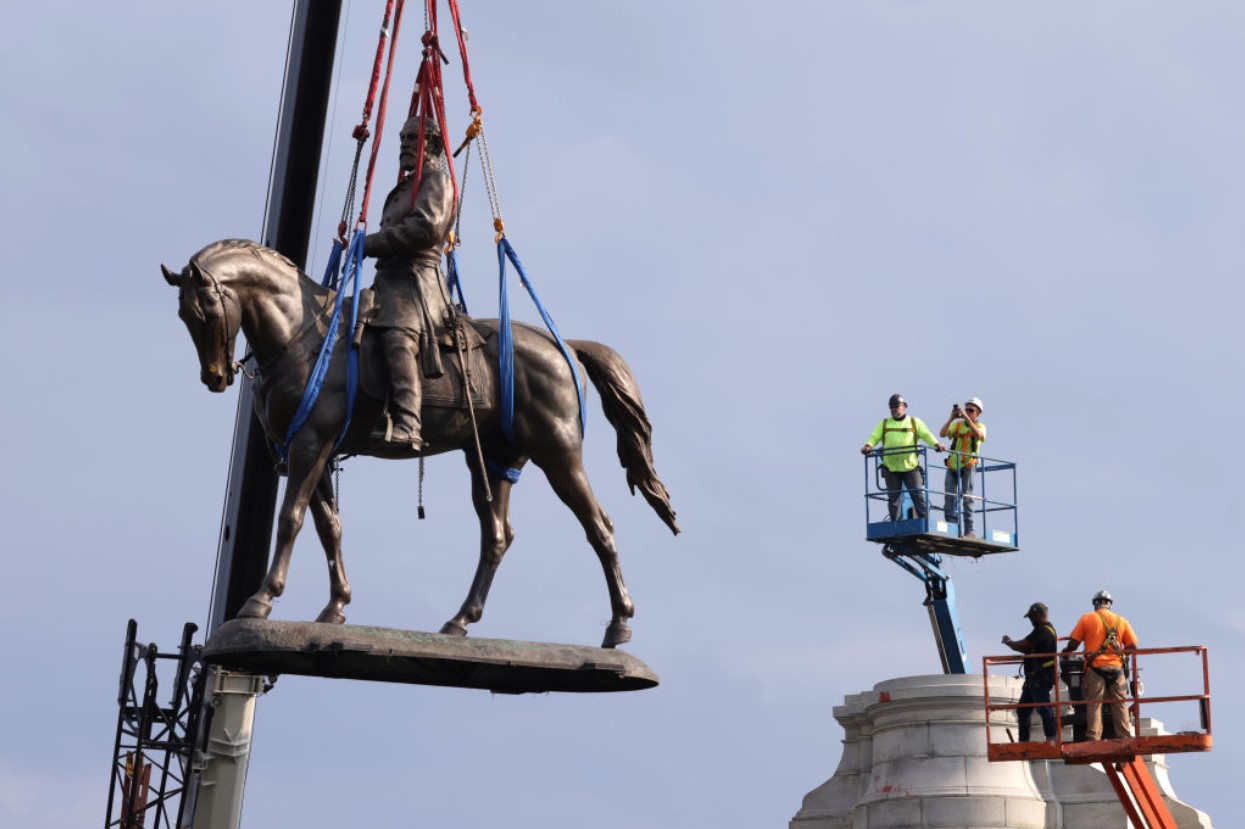
Source: Alex Wong/Getty Images
And while there are many Americans who are still pushing their local government to remove them, others are fighting to keep the statues. What will happen next depends entirely on what the states decide to do.
